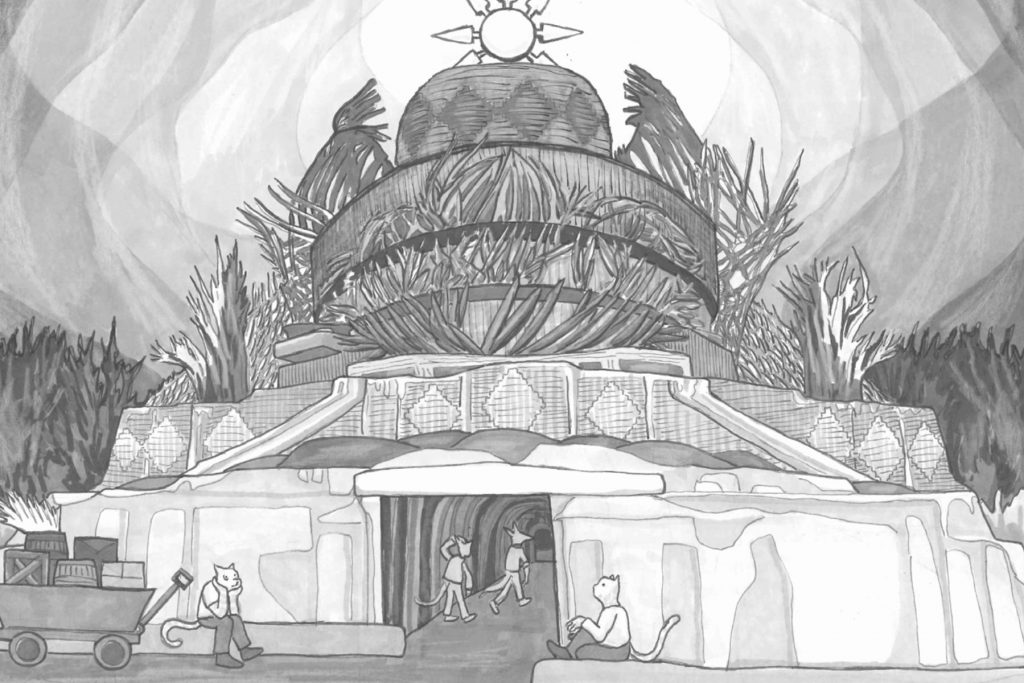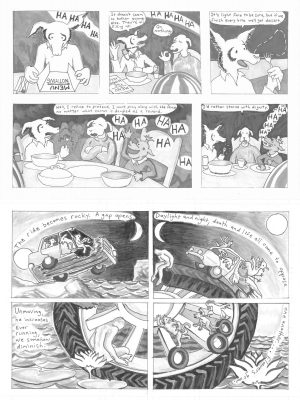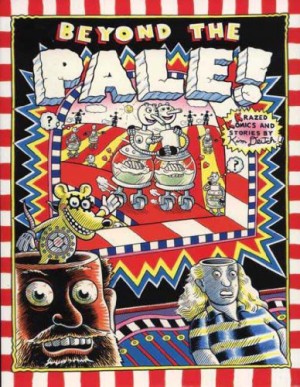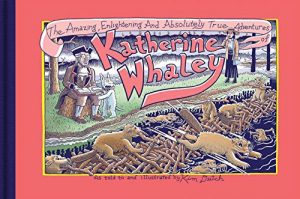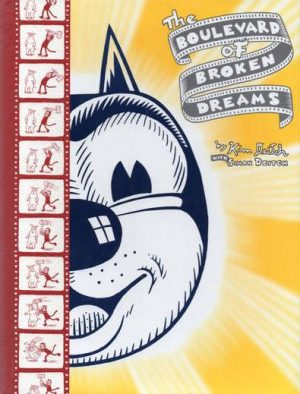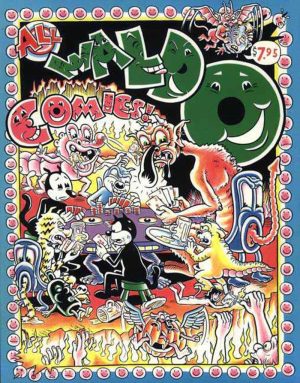Review by Frank Plowright
Pay attention to the title being The Domesticated Afterlife. Without taking that on board making sense of what happens is far less likely.
Scott Finch introduces a dreamlike society where class roles are strictly defined. Chickens are upper class consumers, who have cats as supervisors for the working population of dogs. It’s the dogs who’re largely the focus, arriving in this new society attached to vague memories that diminish with every passing day. A new arrival is followed through a succession of jobs before a committing a massive misjudgement. That results in a change of scenery, and such shifts occur several more times over the course of a long absurdist journey, during which Finch stops off to comment on life, death, magic and consumerism. It’s not a comforting, nor greatly entertaining journey as what may make sense to Finch doesn’t transmit to a wider audience and proves to have no great narrative thread.
It flatters to deceive, though, as Finch’s cultured underground art is the saving grace. Finch trades heavily in the symbolism of dead cultures, in places using very tidy visuals, and there’s a complexity to the designs and artistic references. These combined with Heath Robinson-style nonsense contraptions form The Domesticated Afterlife’s most impressive visual sequence around a third of the way through. The pencilled landscape pages are detailed and accomplished, and time and again Finch’s visual ingenuity ensures something catches the eye when the ongoing plot fails to grip.
By that point the cast has broadened, and it seems only then has it occurred to Finch that names would be useful, so it’s disclosed the dog followed for most of the book is named Enaid. It’s just in time to learn about the Outer Darkness, which is the space between worlds, and must be kept at bay. A journey there seems inevitable, and indeed follows, but makes no more sense than previous undertakings. At times a messianic desire to discover new products to sell seems to slip into social commentary, but it’s transitory, and evaporates along with the sense that somewhere Finch’s story is going to break into a musical. The sets are certainly already designed.
It’s similar territory to Kim Deitch’s just out of reach other-worldliness, where meaning seems just a turn of the page away, but Deitch’s dreamscapes are more tethered and accessible. There’s no shortage of ideas, and the art serves the purpose, but a lack of cohesion makes The Domesticated Afterlife very hard going.
The Domesticated Afterlife isn’t available through major online retailers, but can be found on publisher Antenna Press’ site.
